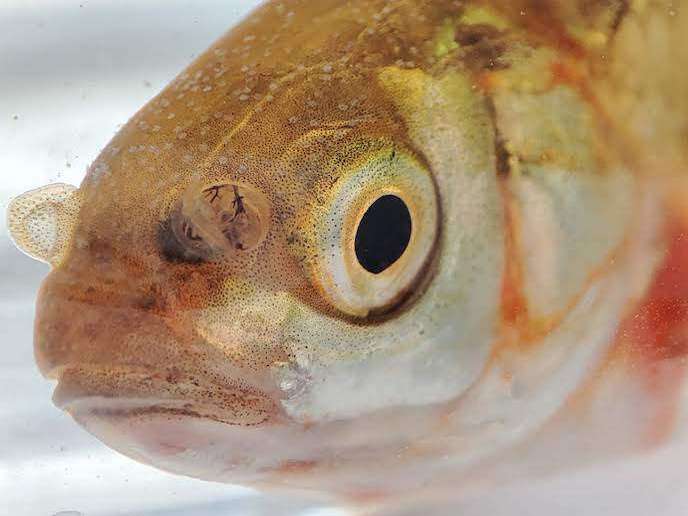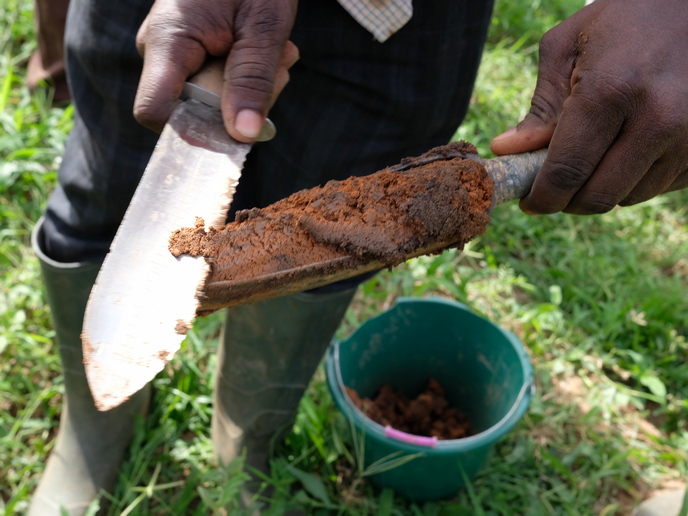Cryobanking gamete and embryo material to preserve threatened fish
Portugal has 26 species of freshwater fish, roughly 70 % of which are under threat of extinction due to loss of habitat, deteriorating water quality, invasive species and climate change. Populations across the Iberian Peninsula have been declining since the mid 20th century. Cryobanking, the collection and storage of animal tissue, offers a way to preserve these species against this series of threats. In the EU-funded CRYO-FISH(opens in new window) project, a team of scientists found out more about the reproductive biology of Portugal’s endemic (those that only exist in one place on Earth) and endangered freshwater fish to help with conservation. CRYO-FISH assessed the gamete quality of endangered cyprinids for the first time, developed new techniques for gamete testing and created protocols for cryopreservation – laying the groundwork for a national genetic research bank for fish species throughout the country. “This project aimed to improve the basic knowledge of the reproductive biology of the freshwater ichthyofauna and to develop new cryopreservation protocols for the most endangered native species of the Iberian Peninsula,” says Victor Gallego(opens in new window), postdoctoral researcher who joined an MSCA grant at the Center of Marine Sciences CCMAR(opens in new window) in Portugal.
Studying gametes in endangered species
Over a couple of years, Gallego studied and sampled several endangered species of freshwater fish, at the Vasco da Gama(opens in new window) (website in Portuguese) aquarium facilities and in some rivers of Portugal’s Algarve region. The team extracted sperm samples by gentle abdominal pressure, and sperm motion parameters were assessed for the first time in four species, using a computerised analysis system. The results obtained showed that spermatozoa kinetic patterns were similar for all four species, with high motility and velocity values. On the other hand, sperm longevity was highly variable between species, with short longevities of around 40 seconds for Anaecypris hispanica and Squalius aradensis, and longer longevities up to two minutes for Achondrostoma occidentale and Iberochondrostoma lusitanicum. The team then analysed the form of each species’ sperm, finding that spermatozoa showed similar sizes and shapes to other ‘external fertilisers’ belonging to true minnows.
Improving gamete cryobanking techniques
The team also developed preservation techniques for sexual material in these four species. They diluted sperm at a 1:9 ratio with an extender – a fluid that preserves the fertilising ability of sperm – and stored them at 4 ºC. “Although the results obtained were uneven among the species studied, the dilution and extender used generated motilities above 40 % up to day 4 of storage in S. aradensis and I. lusitanicum, and up to days 1–2 in A. hispanica and A. occidentale, respectively,” explains Gallego. Finally, the researchers also carried out gamete cryopreservation trials on the threatened species. “Cryopreserved samples showed significantly lower motility than fresh samples, yet some protocols generated acceptable percentages of viability, DNA integrity and sperm motility in some species,” notes Gallego.
Aiding the preservation of Mediterranean fish
This project was the first to assess the reproductive traits of wild and captive populations of endangered endemic leuciscids on the Iberian Peninsula, describe spermatozoa kinetics and develop protocols for managing male gametes in both short and long-term storage. Outcomes from CRYO-FISH have provided new and useful tools to complement the management and conservation of ex situ breeding programmes(opens in new window) that are being developed on these endangered species. In addition, it is important to highlight one thing says Gallego: “New projects are currently developing in the Mediterranean region, studying and applying the techniques used in the CRYO-FISH project, with the aim of preserving other endemic fish living in Mediterranean rivers and estuaries.”







